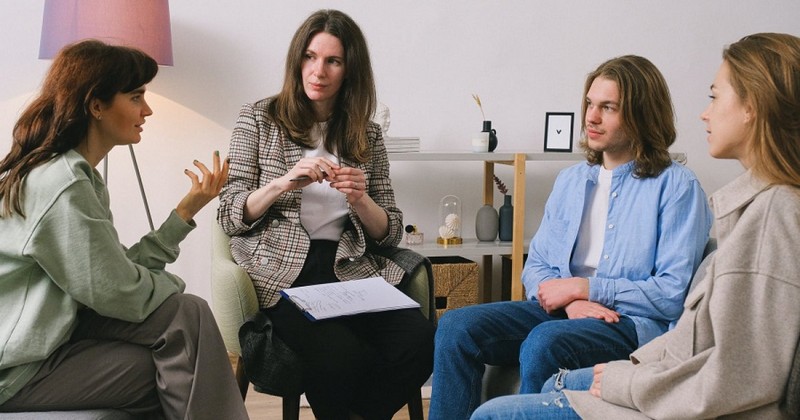Gamifying psychotherapy

Psychotherapy can be nourished by gamification processes to be stimulating and motivating.
It is almost a commonplace: when a new client comes to the consultation, especially if it is the first time he/she is with a psychologist, he/she comes loaded with doubts and fears, they arrive full of doubts and fears..
It is the fault of so many prejudices that circulate everywhere, of so many strange images spread by the media, especially movies. For this reason, the first sessions are dedicated to clarify doubts and to establish a cordial and trusting relationship, person to person.
In this sense, one of the most deeply rooted prejudices is that in order to do psychotherapy one must suffer.. Let us understand: there are situations and experiences in life that leave little room for jokes. There are experiences that are even difficult to imagine. But there is always room for cordiality. And cordiality usually brings relaxation, which can eventually open the door to humor.
Making psychosocial therapy a stimulating experience.
One of our goals is always that our client solves his or her problems and works on his or her life in the most pleasant way possible.. That is why it is the psychologist's responsibility to make this process a pleasant and interesting experience.
And there are many aspects of therapy in which this can be achieved:
- In the construction of the therapist-patient relationship, in which the atmosphere can be one of trust and respect.
- In the presentation of information and knowledge that will be necessary to overcome the current situation.
- In the acquisition of new skills, which can become a process of continuous search and adventure.
- In the creation of an occasional support system that the customer can call on in very specific situations. Generally the client does not use this system, but it gives him/her a great sense of security to know that it is there.
- In the planning of the tasks that the client can develop in daily life in order to achieve the desired transformations.
Gamification applied to psychological therapy.
A topic that is often overlooked as irrelevant is the meaning of gamification.. Let's not forget that, throughout history, the most effective learning methods have always been play and experimentation. And this is a resource that we cannot leave aside under any circumstances.
It is the therapist's responsibility to harness our natural learning tendencies to make learning more effective and enjoyable (and let's not forget that much of psychotherapy is about relearning attitudes and behavior patterns). (and let's not forget that much of psychotherapy is about relearning attitudes and behavioral patterns).
One of the first aspects in which the therapist can make the process more dynamic, effective and fun (i.e. gamify it) is during the reframing phase: undoubtedly, the client already has a schema of what is happening to him/her, but it is usually a schema that reduces his/her possibilities of maneuver and makes it difficult to solve his/her problems ("this is just the way I am", "I cannot overcome my past", "this is impossible"...).
The first step is usually to reformulate the problem, giving it a realistic perspective that serves to reduce tension and guilt, to give a margin for action and to give the patient the possibility of a solution to the problem.The first step is usually to reformulate the problem, giving it a realistic perspective that serves to reduce tension and guilt, that gives a margin for action and that allows personal resources to be developed in a way that is neither painful nor contrary to the patient's daily life.
This is a step that requires a lot of thought on the part of the therapist: many possibilities have to be considered and a customized design has to be created that makes optimal use of all resources.
Another element is to introduce humor into the sessionsIt is not a matter of being funny, but of using a perspective on life and the situation that allows us to take the drama out of what is happening, allowing the patient to express all the emotional nuances.
And what is perhaps the most complex part of the therapy process: it is necessary to create an outline and an evolutionary process. create an outline and an evolutionary process that is natural and non-violent for the person.. It is a matter of the patient naturally seeing how he/she progresses without excessive effort, overcoming small obstacles that will be calculated to the millimeter in order to reduce the sensations of anguish and fear as much as possible.
This way of working will always be flexible and adapted to individual progress, and any changes deemed necessary can always be introduced.
The proof that all these steps have been taken correctly is the feeling, on the part of the patient, that everything has been developing in a natural way, without great drama or distressing situations.
Generally, once the therapy is advanced, will be surprised when they are told to compare their current situation with that of the first sessions..
And that is precisely the beauty of psychotherapy, what makes Science and Art come together: the evolution of the Human Being in the best possible way and the solution of his or her problems.
(Updated at Apr 15 / 2024)